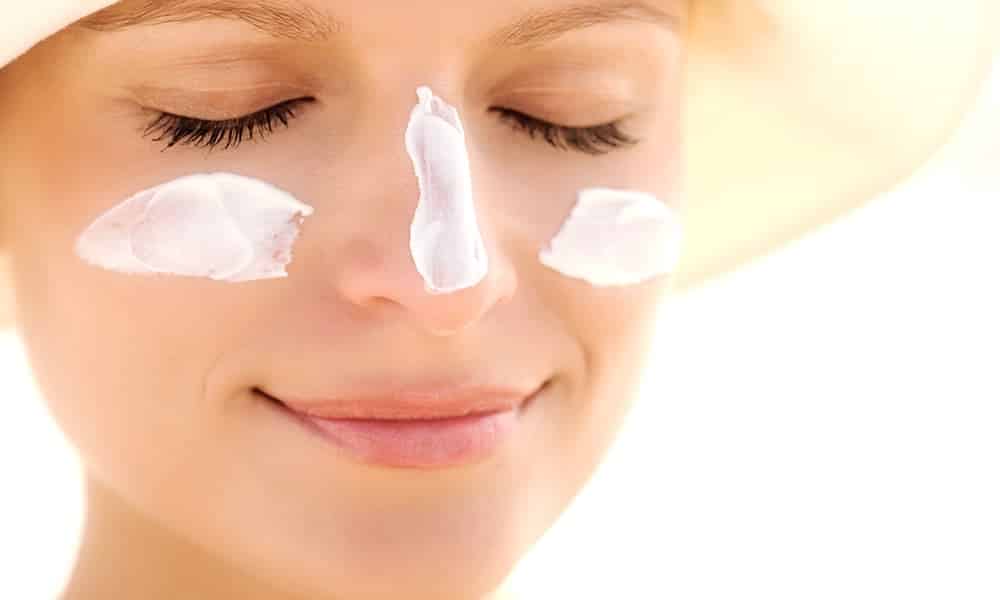Do you know what FPS is? And how to choose the best sunscreen for your skin type and needs?
You know those big numbers that come on sunscreen packaging? So, they are the FPS (sun protection factor), which is nothing more than the index that determines the time a person can remain exposed to the sun without producing redness on the skin.
In Brazil, these values range from 15 to 60. To arrive at these numbers, scientists carried out skin monitoring tests after applying each factor. So, with an SPF 15 sunscreen, the skin will take 15 times longer to turn red, for example.
According to the FDA (Food and Drug Administration), the American body that oversees foods and medicines, sun protection factor 30 offers almost 100% protection. That is, if applied correctly, it will protect your skin from the Sun by 96%.
As the protector must be reapplied every 2 hours, the sun blocking time offered by this product would be more than enough.
6 essential tips to start taking care of your face right now
Why use sunscreen with a higher SPF?
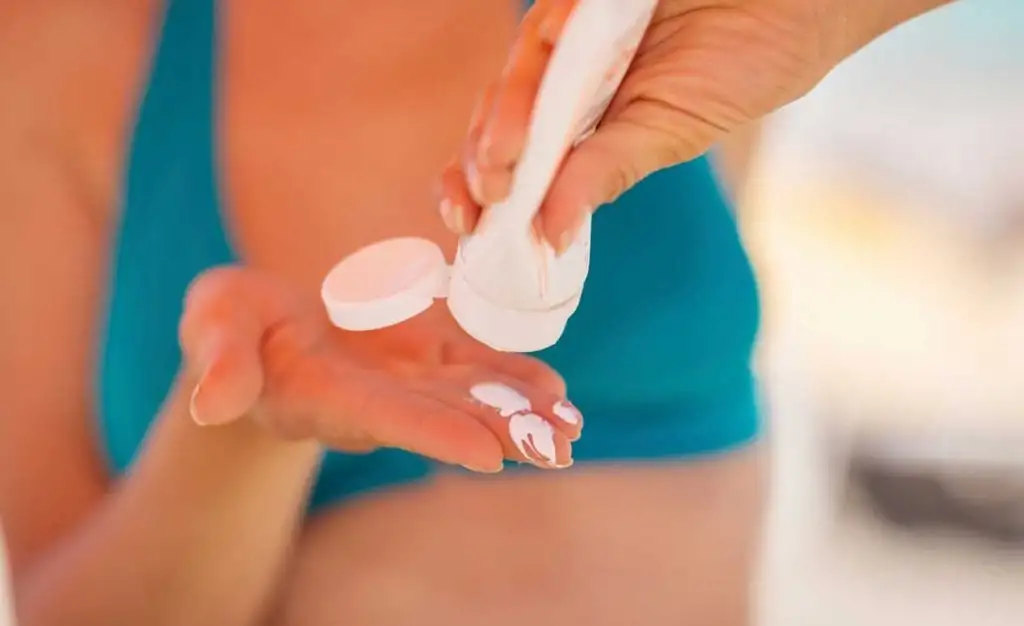
As not everyone knows how to apply sunscreen correctly, some dermatologists prefer to recommend sunscreen with a protection rating greater than 30. This way, the guarantee of protection is greater.
To apply it correctly, you need to apply the necessary amount to completely cover the surface of the skin – we are talking about the face. Use a coffee spoon full of protector as a base, so you will be aware of how much protective cream to apply to your face.
Furthermore, higher factors protect the skin for longer. The ideal is to reapply the product every two hours. Now, if this is not possible, the higher FPS will ‘hold’ for longer, without your skin being harmed.
5 great anti-aging cream options for less than R$50
How to calculate FPS?
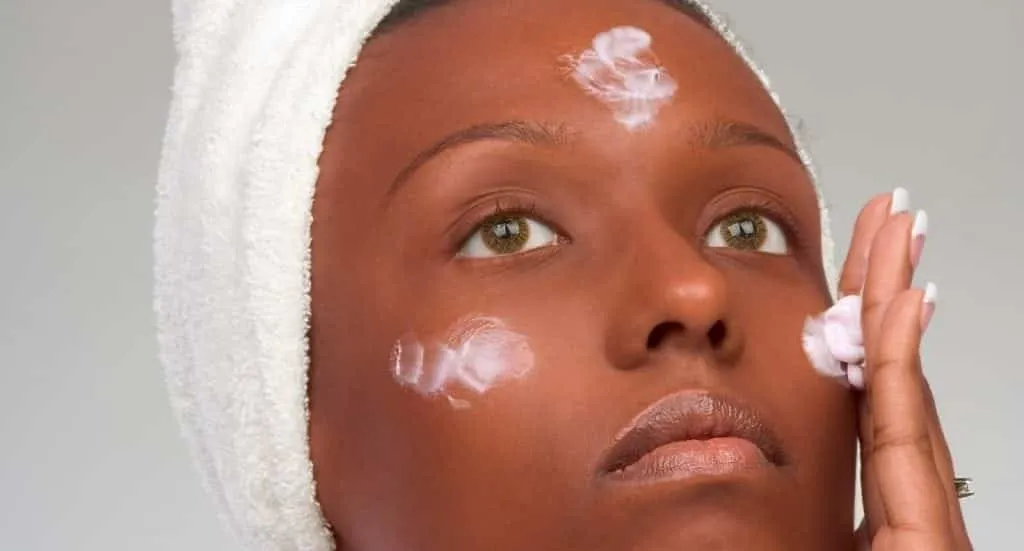
The Sun Protection Factor is an index that establishes the maximum time of exposure to the Sun when the skin is protected with some type of sunscreen. Preventing the appearance of erythema – redness caused by the dilation of blood vessels.
Let’s assume that the time of exposure to the Sun necessary to cause erythema in a person is 5 minutes.
4 foods that give you a lot of wrinkles and that you eat every day
With the use of an SPF 20 sunscreen, the time this person can be exposed to the sun’s rays will be up to 100 minutes without harm.
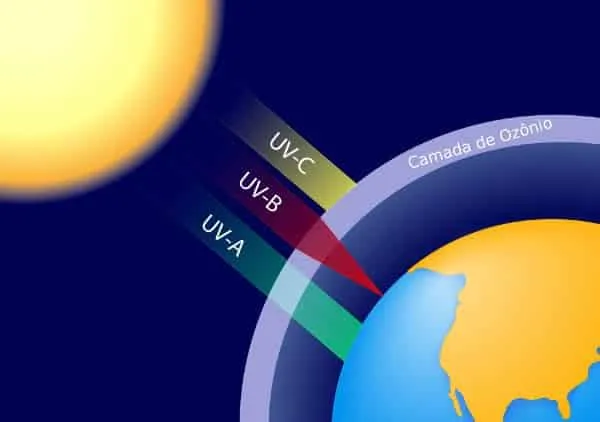
When exposed to solar radiation, the skin will be hit by ultraviolet rays, types of high-frequency electromagnetic waves. Ultraviolet radiation is divided into three groups, according to its physical characteristics and ability to penetrate human skin.
11 must-have items in a woman’s bag to avoid embarrassment
UVA: Type of ultraviolet radiation with a wavelength between 315 nm and 400 nm (1 nm = 1 x 10 – 9 m). This radiation completely passes through the Ozone layer and, when it reaches human skin, penetrates even the deepest layers.
UVB: Type of ultraviolet radiation with a wavelength between 280 nm and 315 nm. This radiation is partially absorbed by the Ozone layer and does not reach the deeper layers of the skin, but can cause erythema.00
UVC: Type of ultraviolet radiation with a wavelength between 100 nm and 280 nm. This radiation is completely absorbed by the Ozone layer.
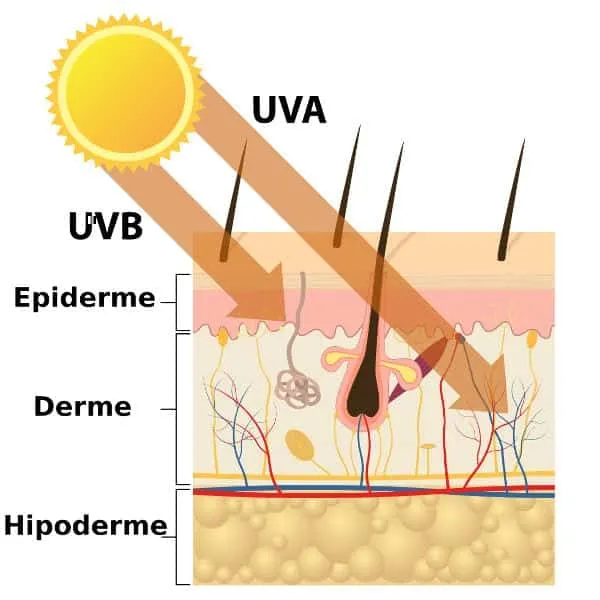
Exposure to UV rays, without proper protection, can cause skin burns, premature aging, vision problems and skin cancer. In adequate amounts, UV radiation brings benefits, such as fixing vitamin D.
Source: Extraordinary Beauty, Education World

Sign up for our newsletter and stay up to date with exclusive news
that can transform your routine!
Warning: Undefined array key "title" in /home/storelat/public_html/wp-content/plugins/link-whisper-premium/templates/frontend/related-posts.php on line 12
Warning: Undefined array key "title_tag" in /home/storelat/public_html/wp-content/plugins/link-whisper-premium/templates/frontend/related-posts.php on line 13

